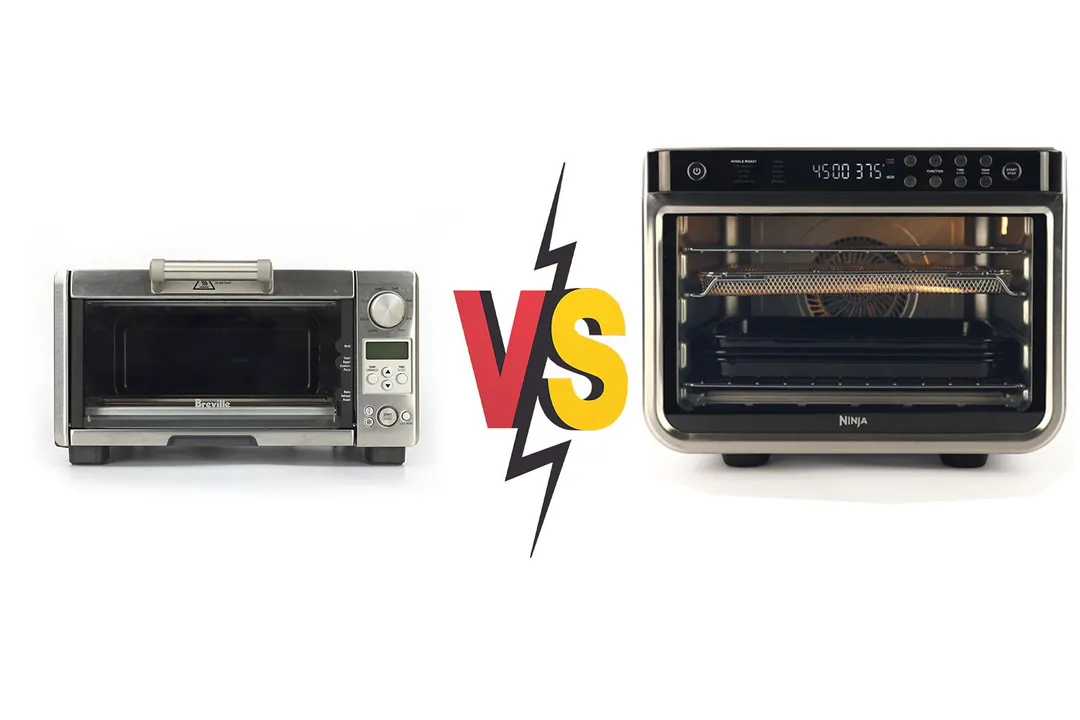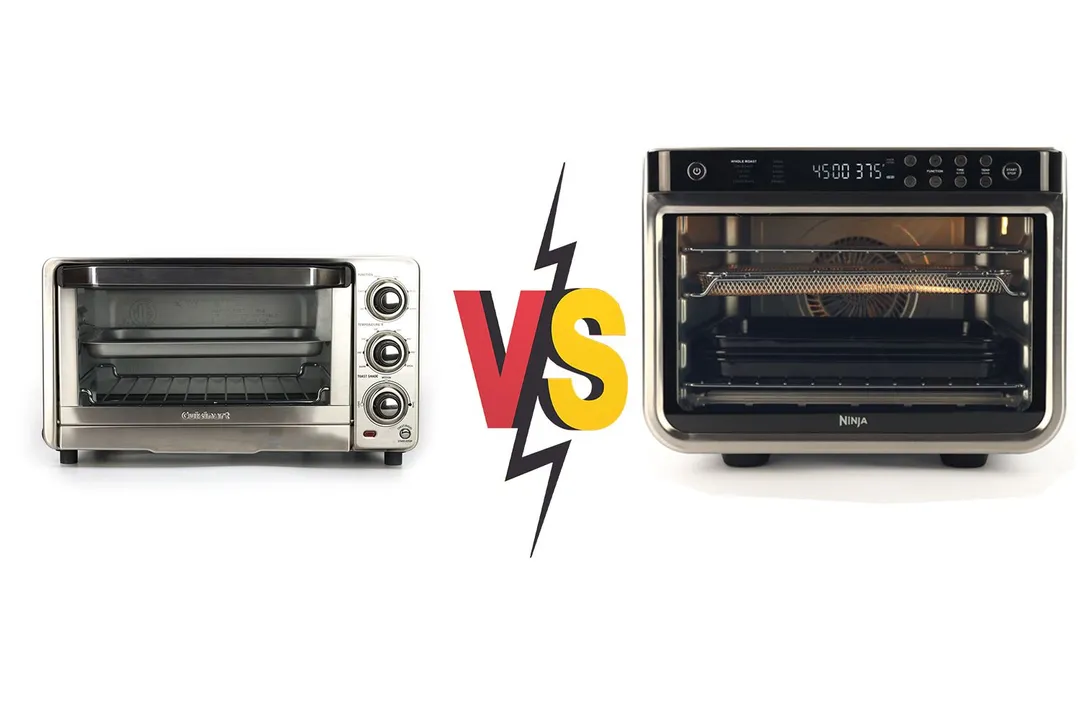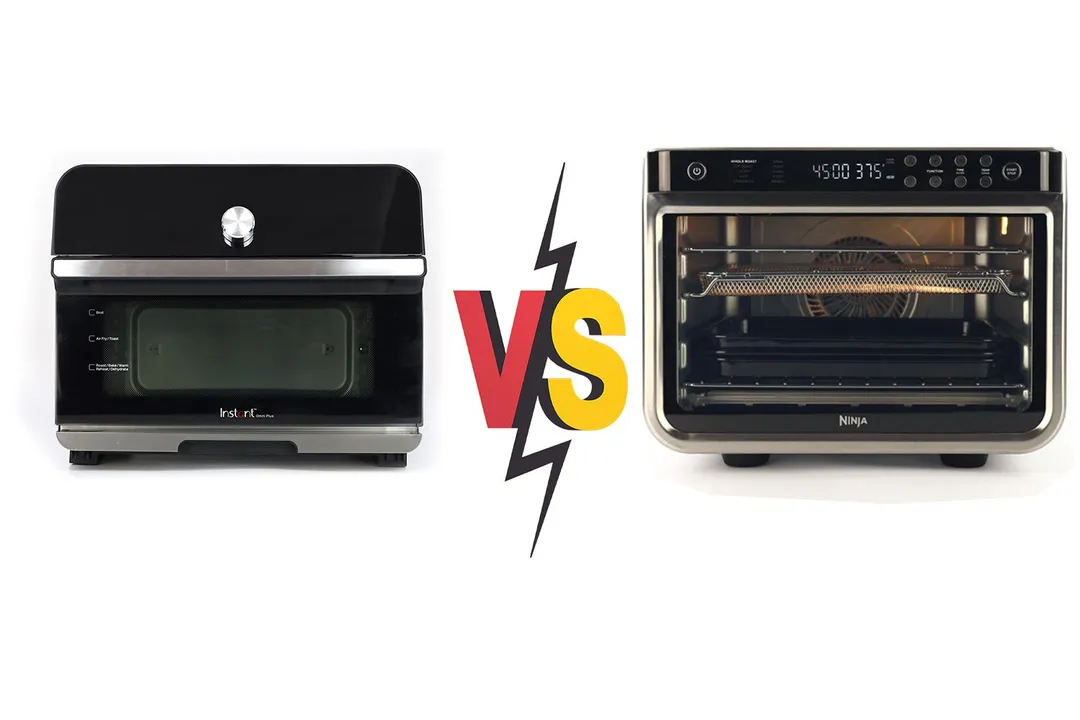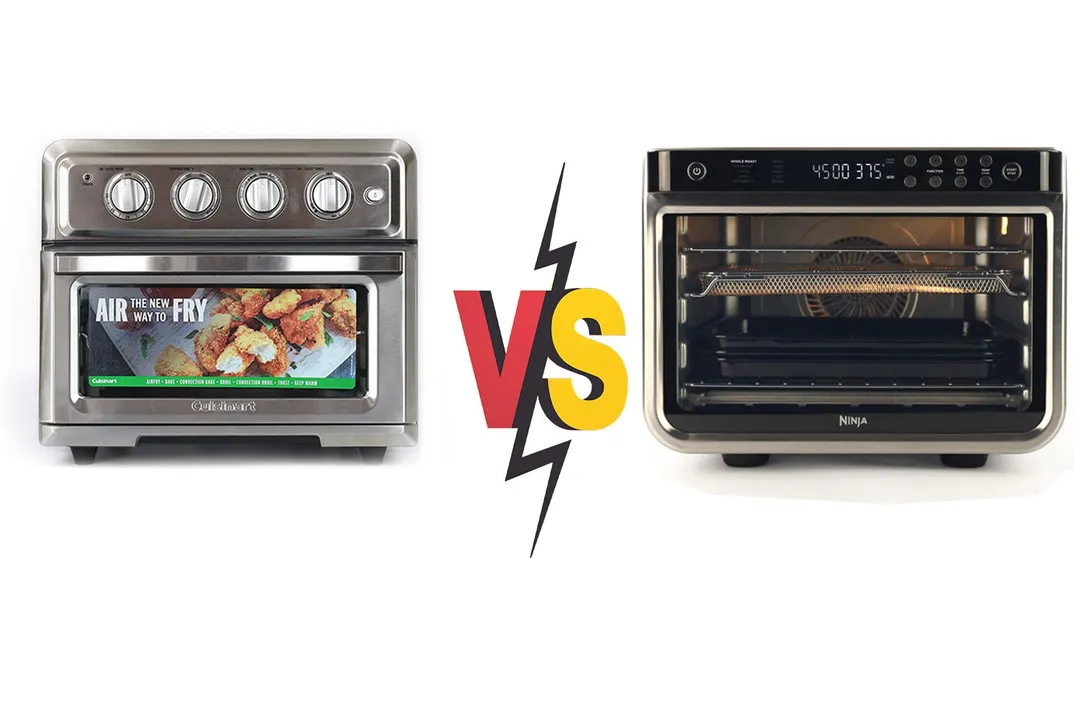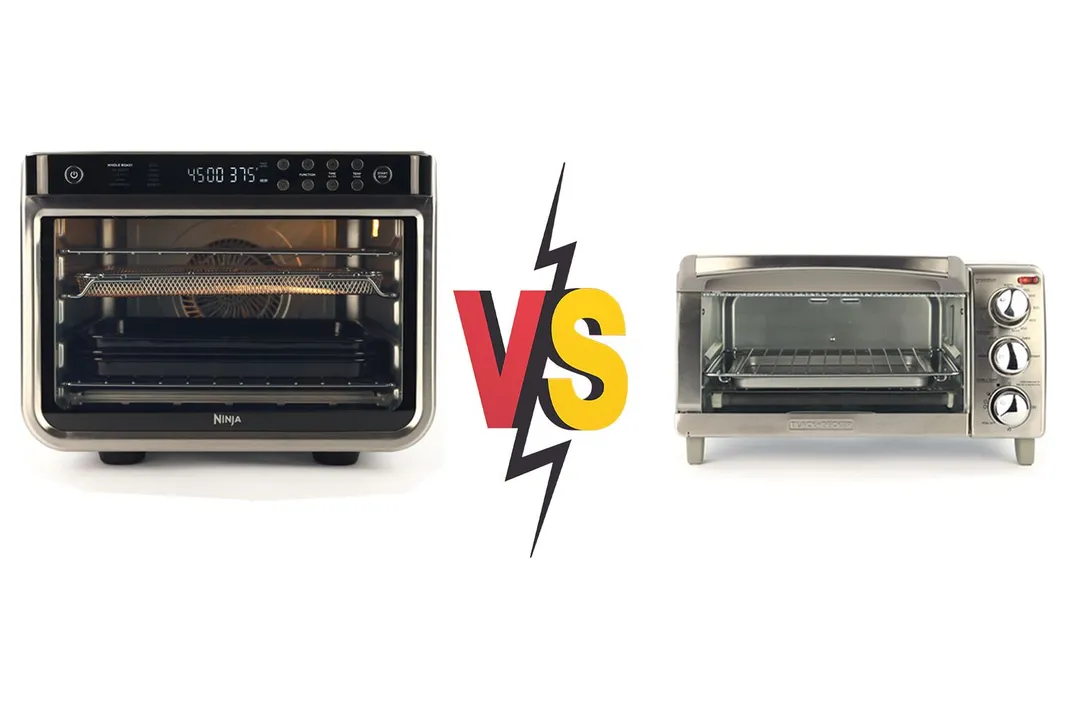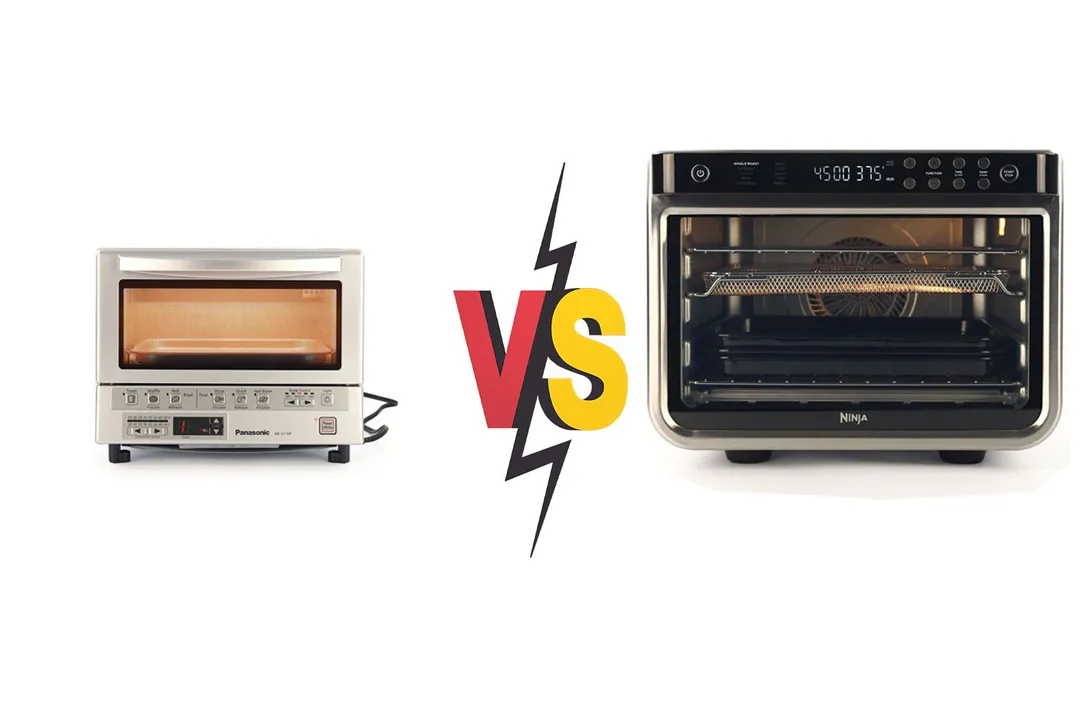Our recommendations are made independently through Research & Testing. We may receive commissions from purchases made via our links.
Oster French Door vs Ninja Foodi XL Pro Toaster Oven Side-by-Side Comparison
Oster French Door vs Ninja Foodi XL Pro Toaster Oven. A comparison between two of the largest toaster ovens on our roster. Find out which one is better?
Oster French Door
Tested Using Methodology v1.0Ninja Foodi XL Pro
Tested Using Methodology v1.0
Overall Verdict
The Oster French Door (TSSTTVFDDG) and the Ninja Foodi XL Pro (DT201) are two of the largest toaster ovens on our roster. At first glance, the Oster is slightly larger and also more expensive than the Ninja. However, our tests showed that the former was inferior to the latter in every aspect of evaluation.
Exterior-wise, the Oster has ventilation slats on all sides that we like. Its glass french door with cool-touch door handles also stood out well.
Unfortunately, the main thing pulling the Oster behind is its build quality. Its buttons require a lot of force to register and the french door can slam shut if your hands slip. On the other hand, the Ninja’s door hinge is firm and its buttons are responsive and intuitive to use.
The Oster also has no extra features to help with conveniences like toggle switches, other information besides timer and input temperature, or a slide-out crumb tray—which the Ninja does. Performance-wise, the Oster wasn’t equipped with a high power output and powerful convection system to deliver the utmost cooking capabilities like the Ninja.
Pros & Cons
- Large capacity
- Interior lighting available
- Easy-to-clean stainless steel exterior
- Sturdy build
- Air-ventilation holes on all sides
- Cool-touch door handles
- Convenient slide-out crumb tray
- Straightforward and informative control panel
- Tailored cooking functions
- Family-sized capacity
- Tray-level suggestions
- Sturdy construction
- Well-designed accessories
- Easy-to-clean stainless steel exterior
- Cool-touch door handle
- No convection toggle
- Buttons not reliably responsive
- Not very budget-friendly
- No safety mechanism for the door
- Faulty interior light upon received
Key Specs
Where to Buy
*You help support HealthyKitchen101's product testing and reviews by purchasing from our retail partners.
Analysis and Test Results
Performance
Toast
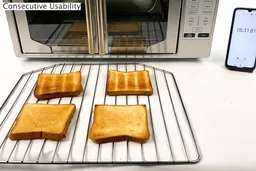
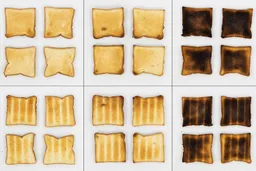

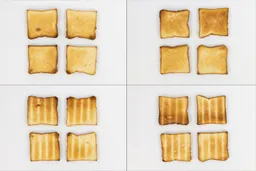
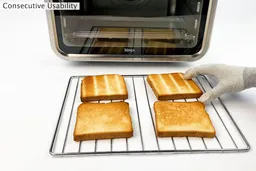
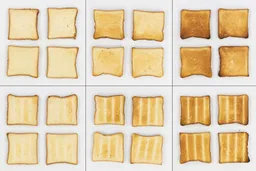
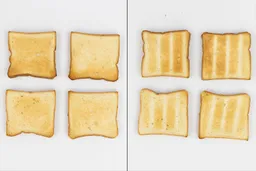
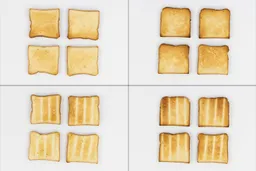
Pizza
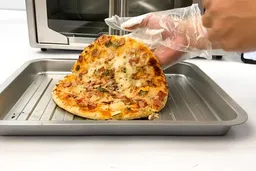
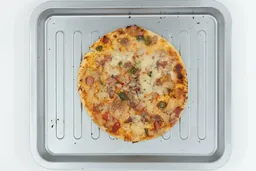

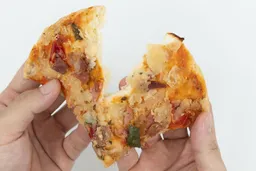
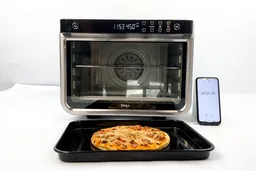
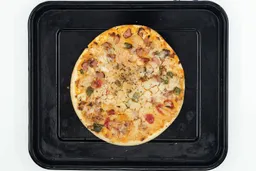
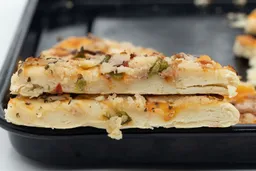

Whole Roasted Chicken
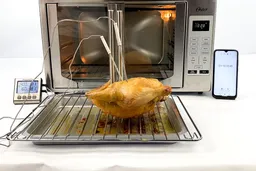
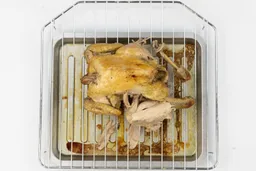
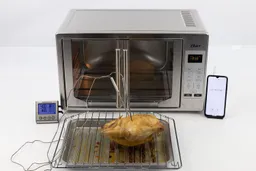


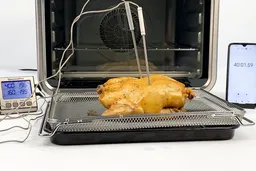
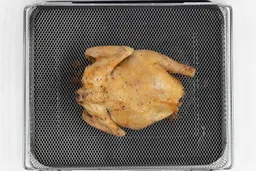
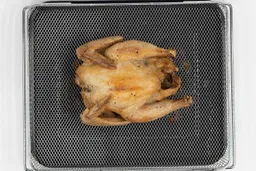
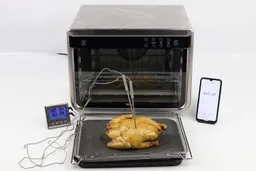
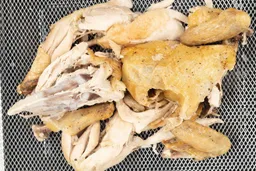
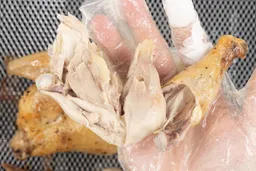
Baked French Fries
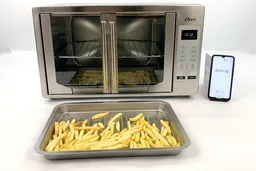
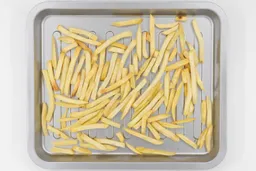


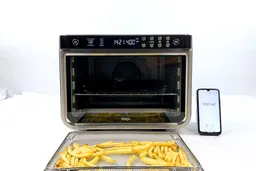
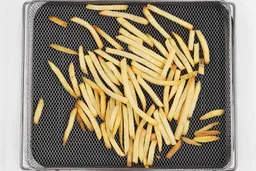

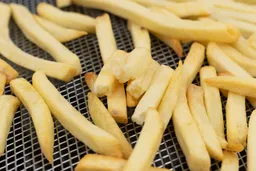
Design
In the Box
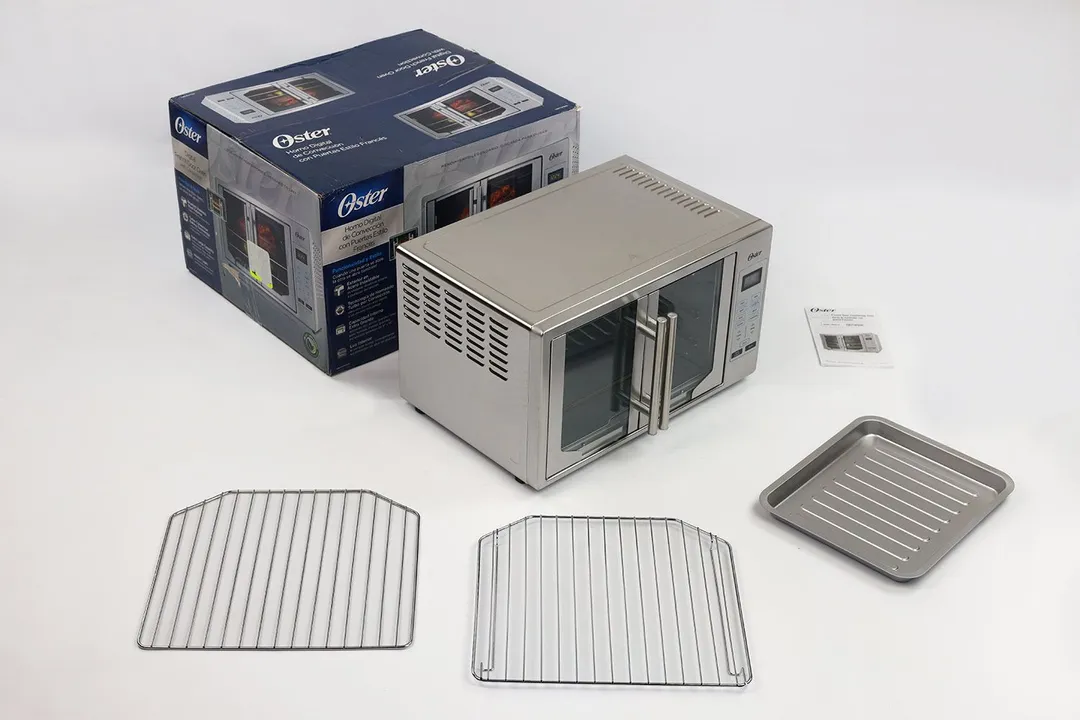
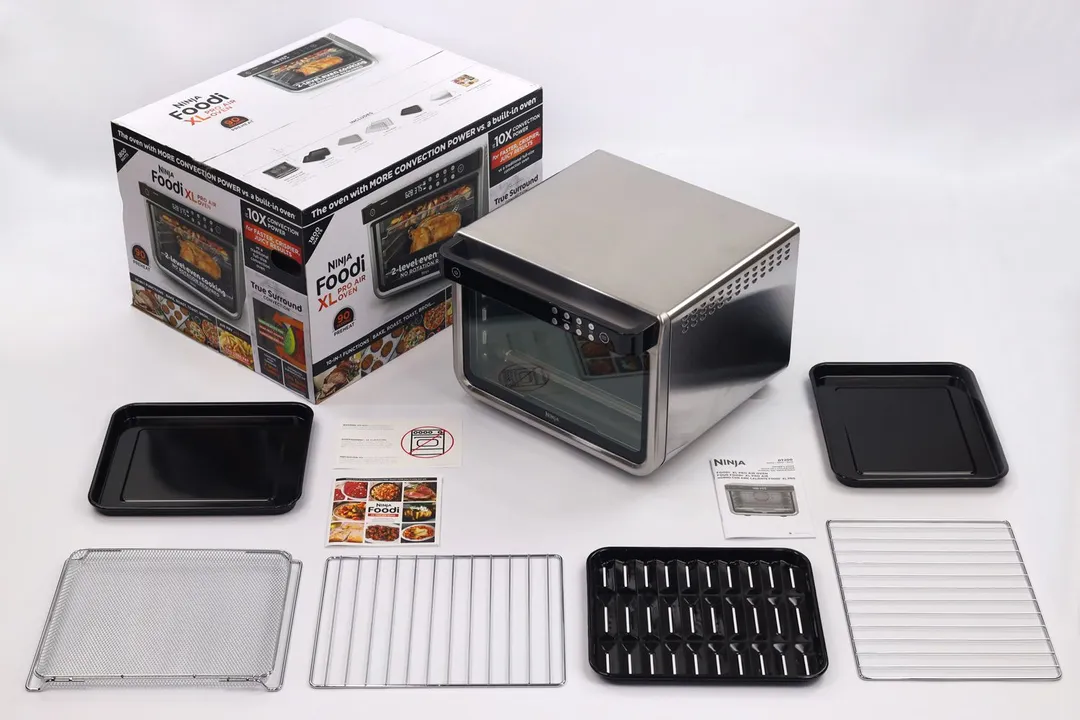
Exterior
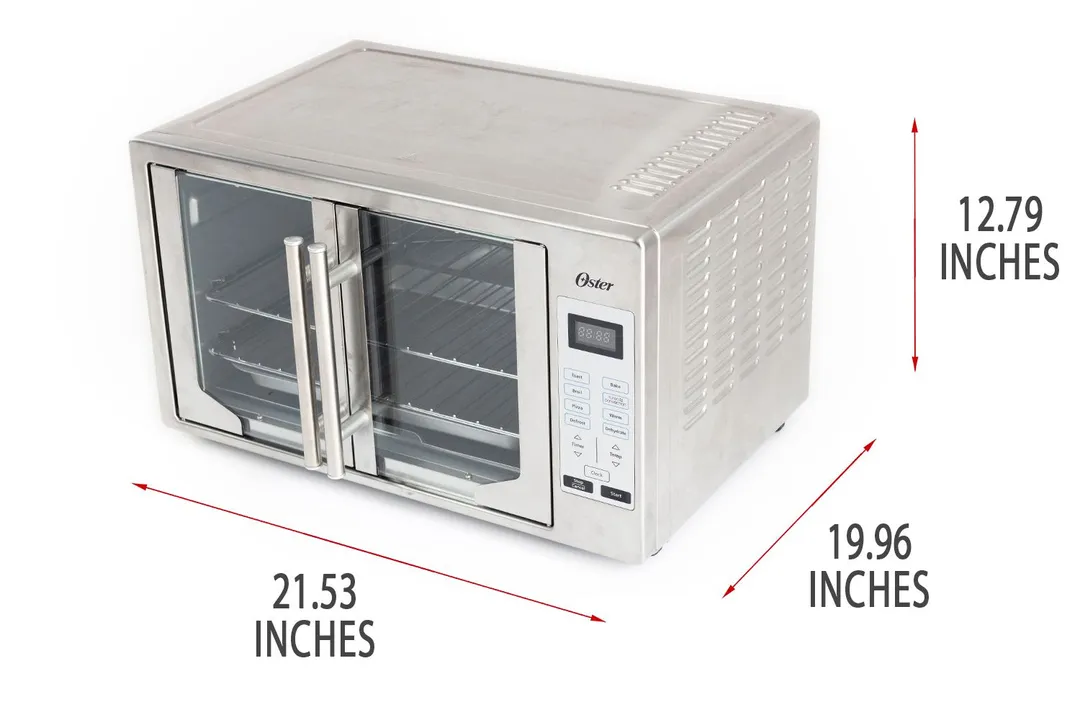
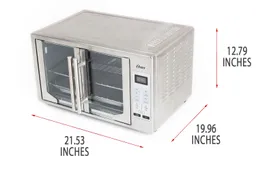
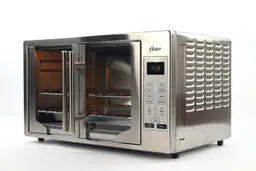
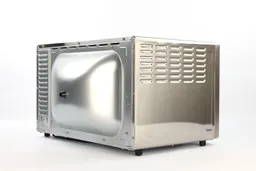
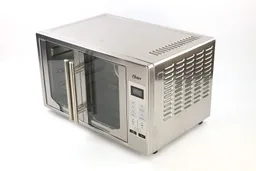
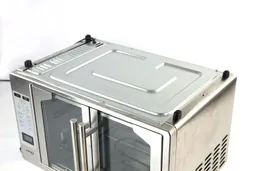
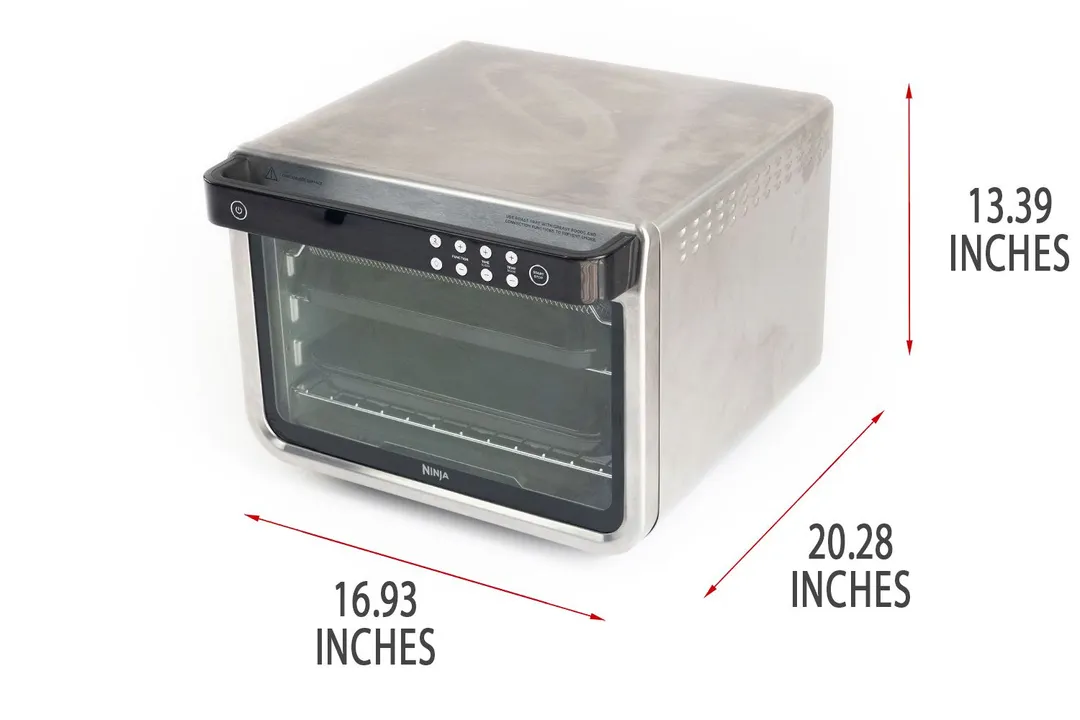
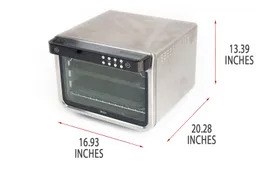
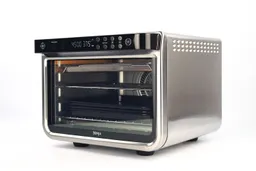
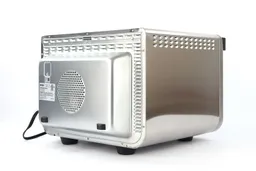
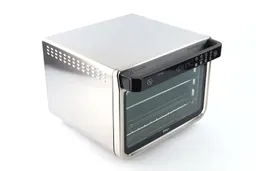
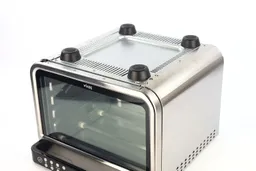
Control Panel
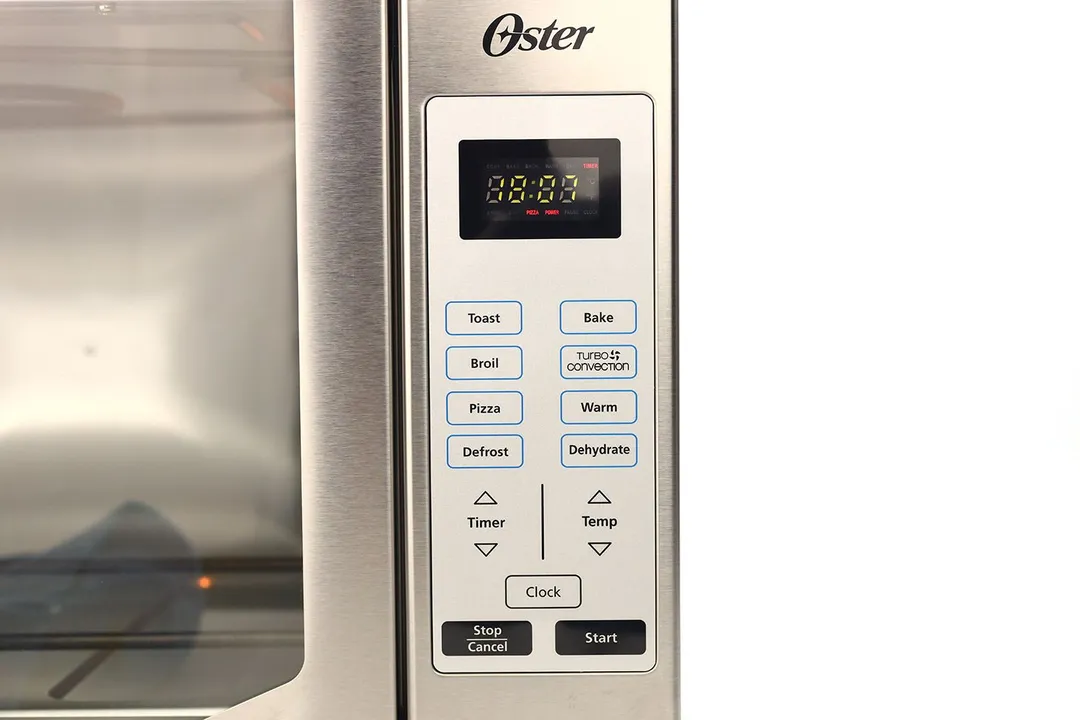
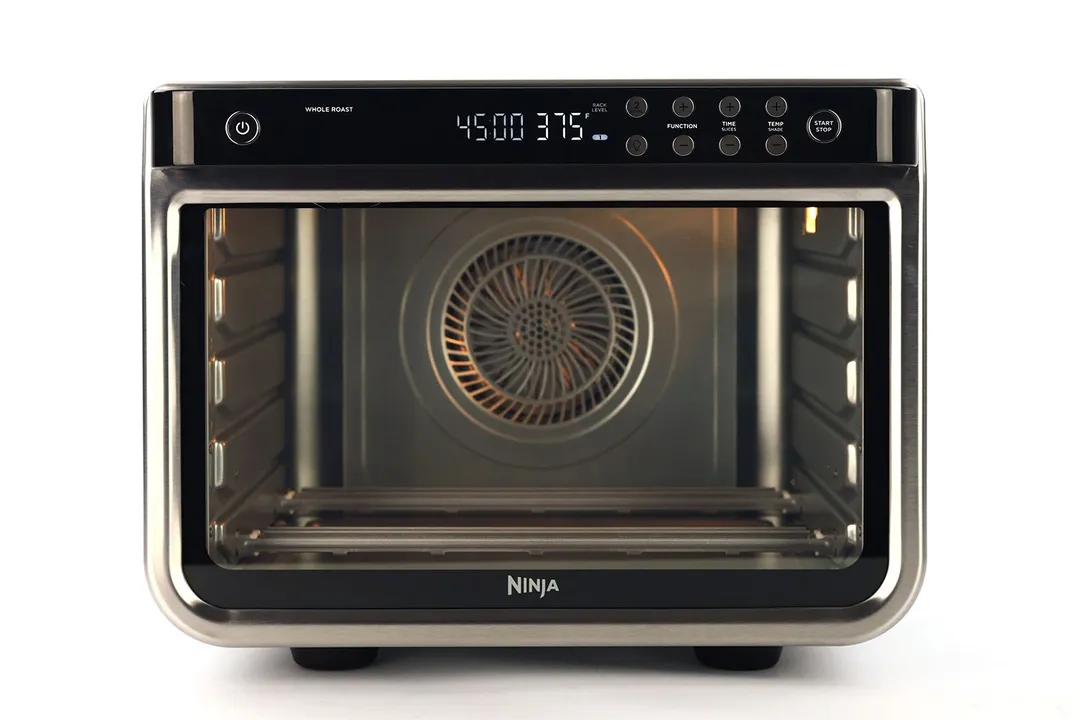
Cooking Functions
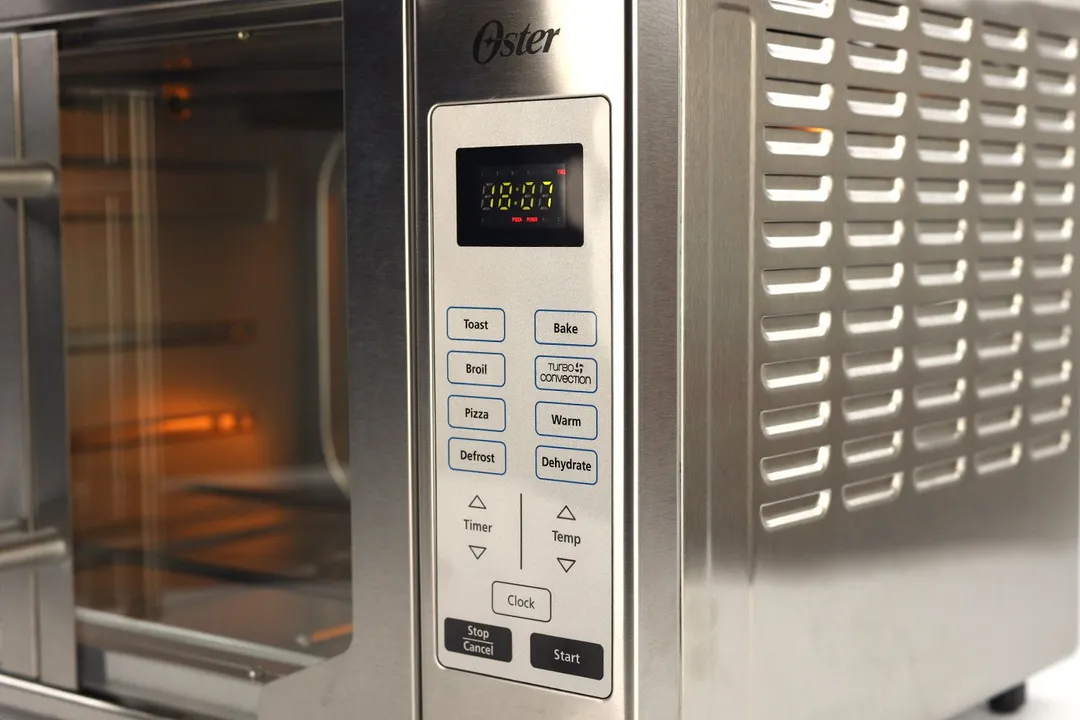
Interior
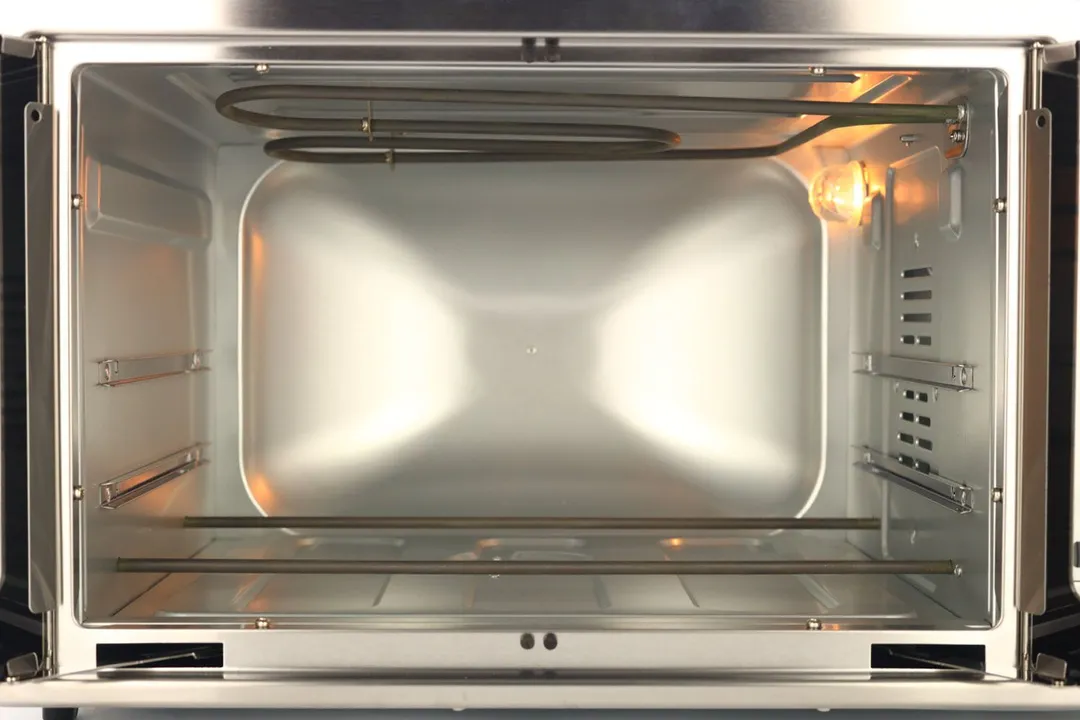
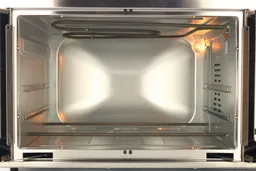
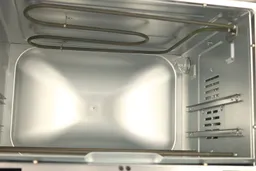

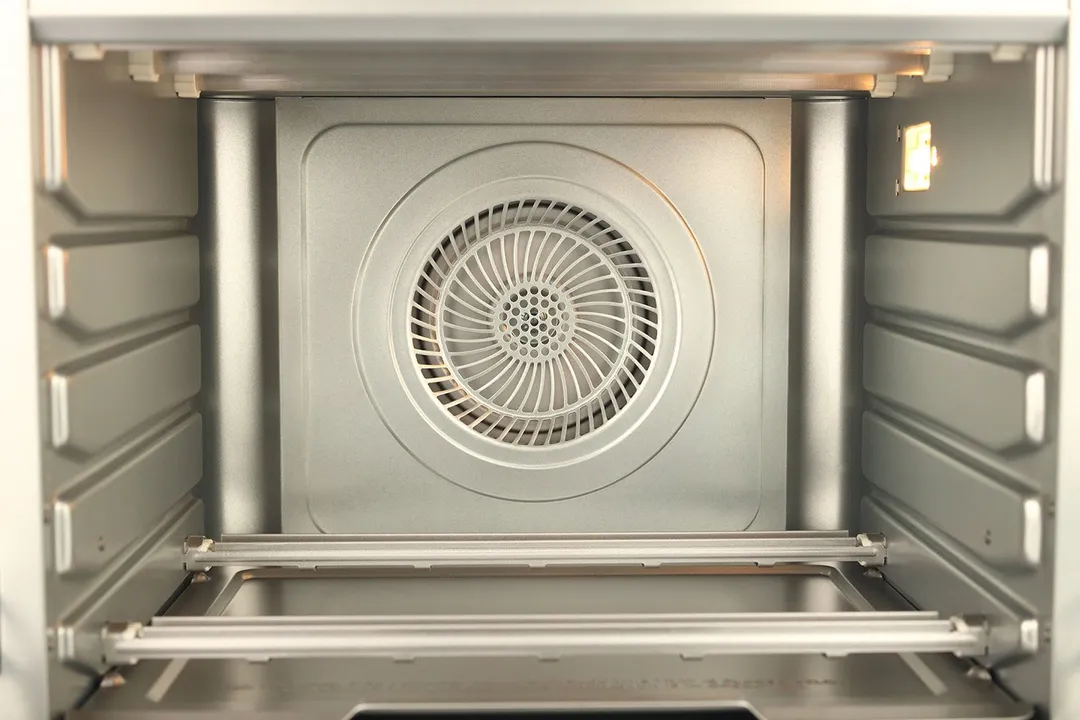
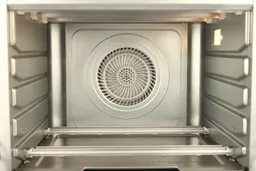
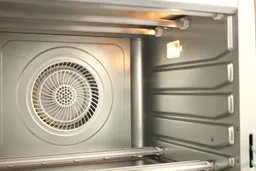
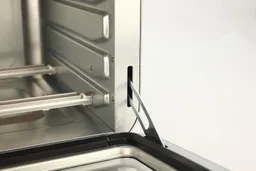
Power Cord
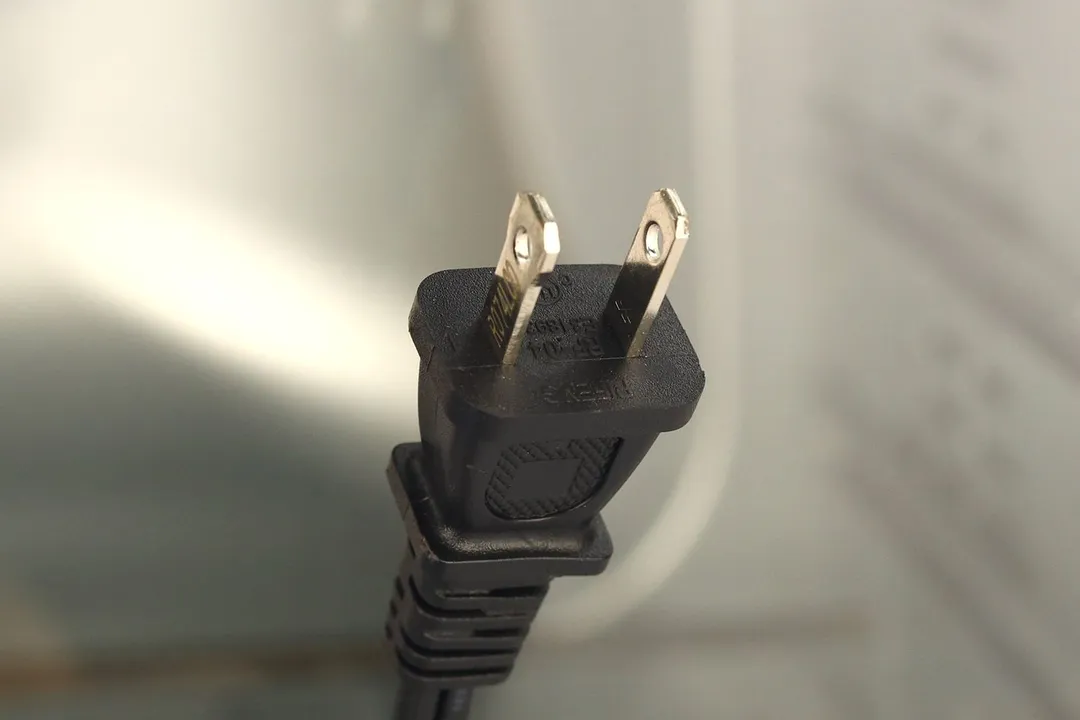
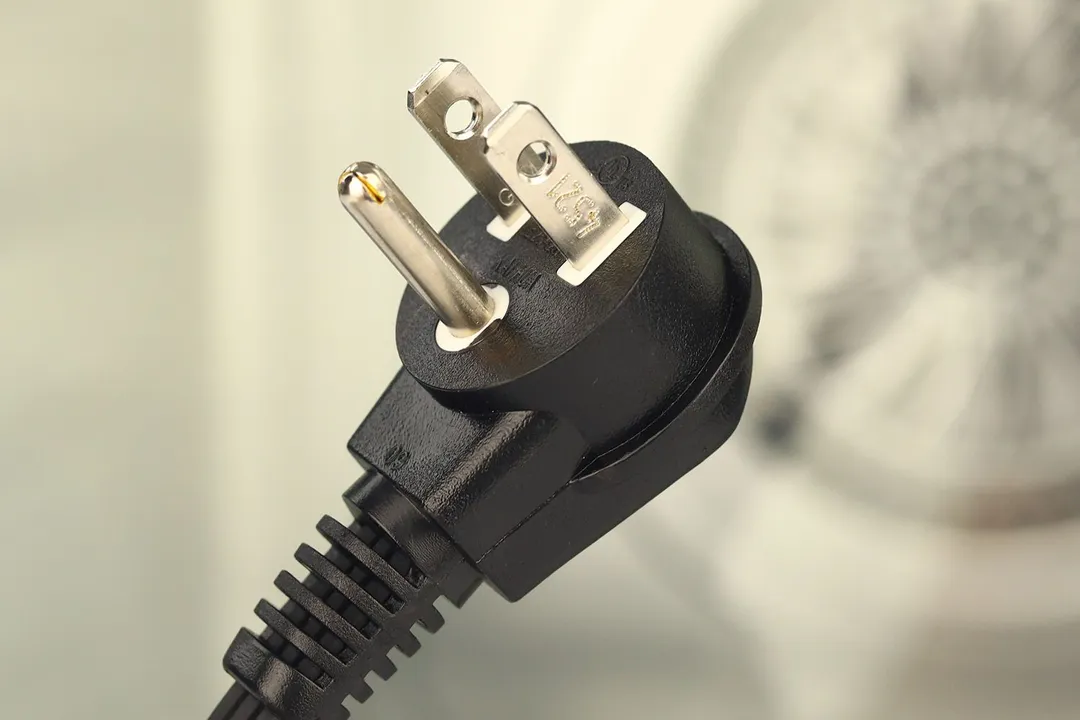
Accessories

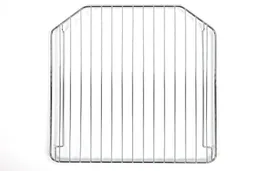

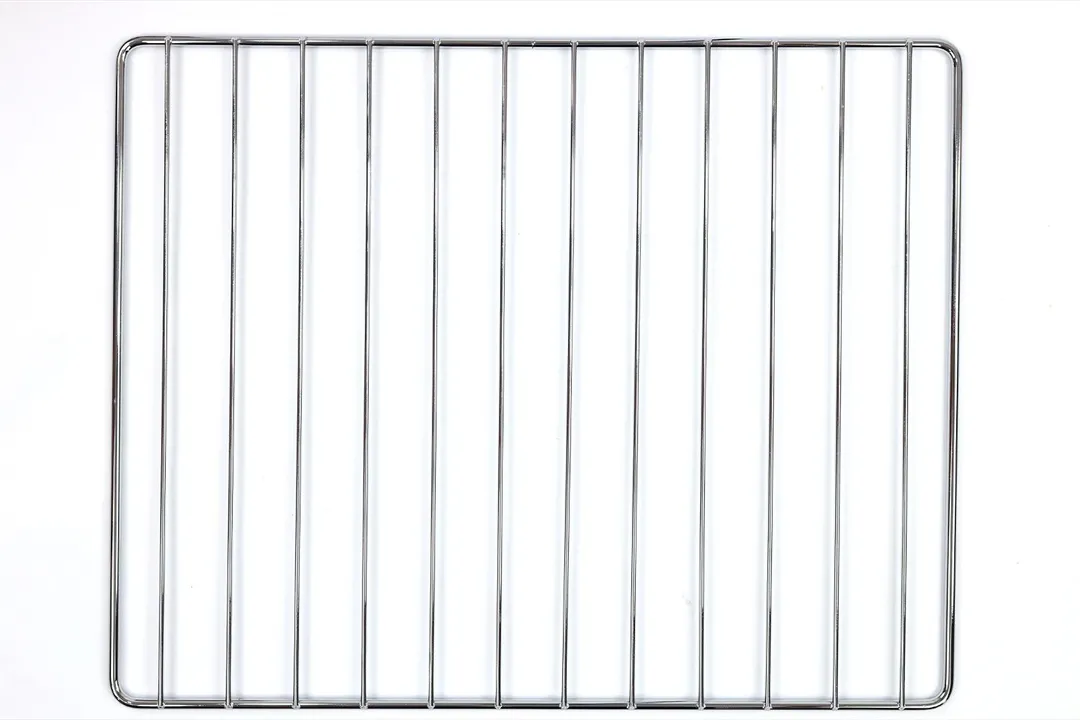
Build Quality
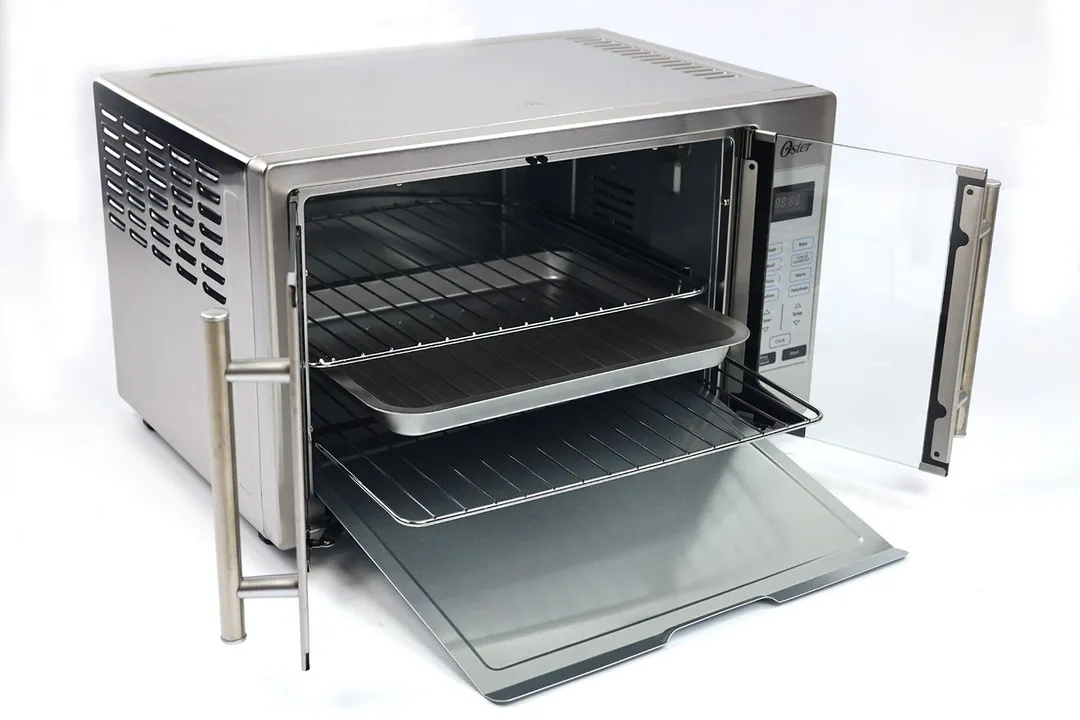
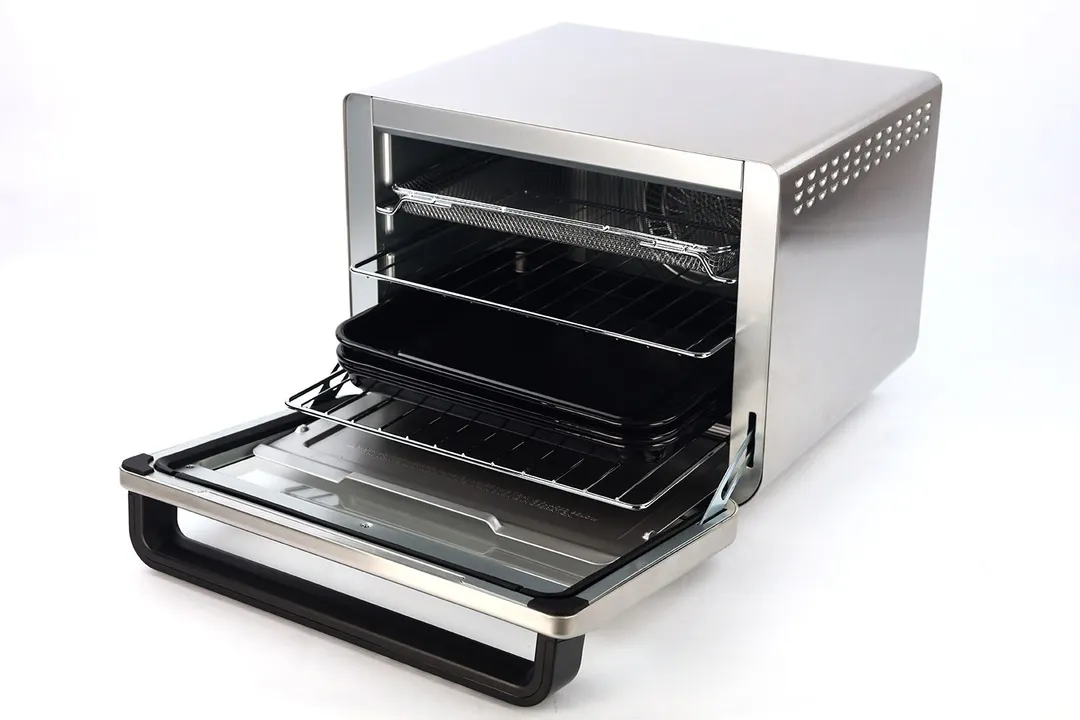
Capacity
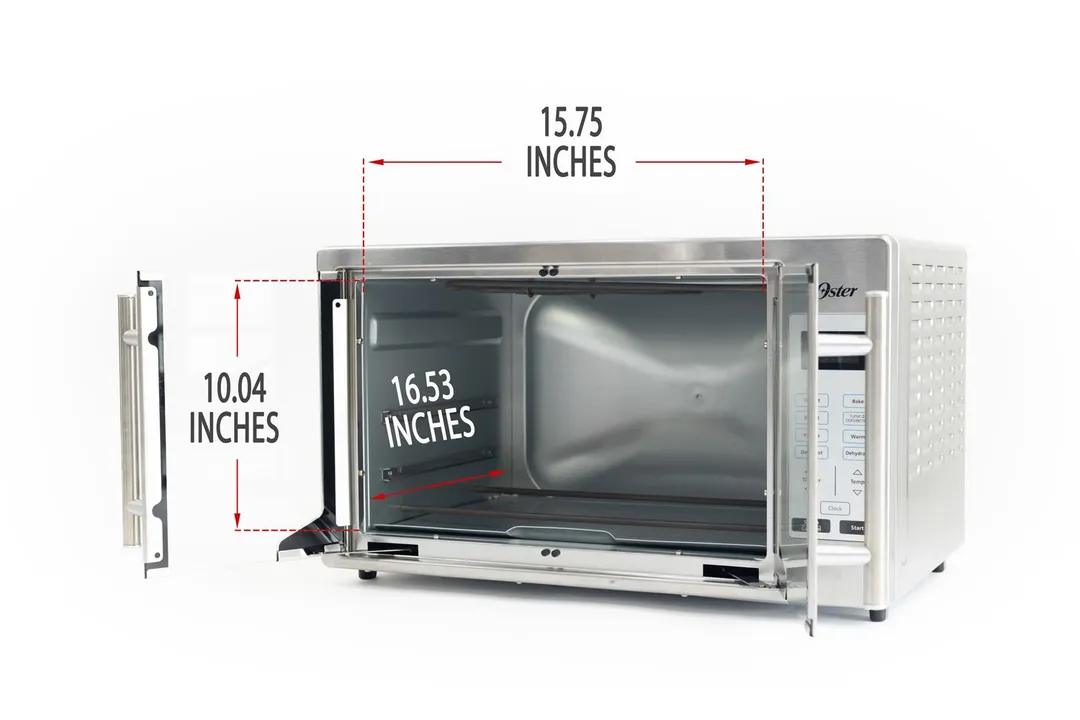
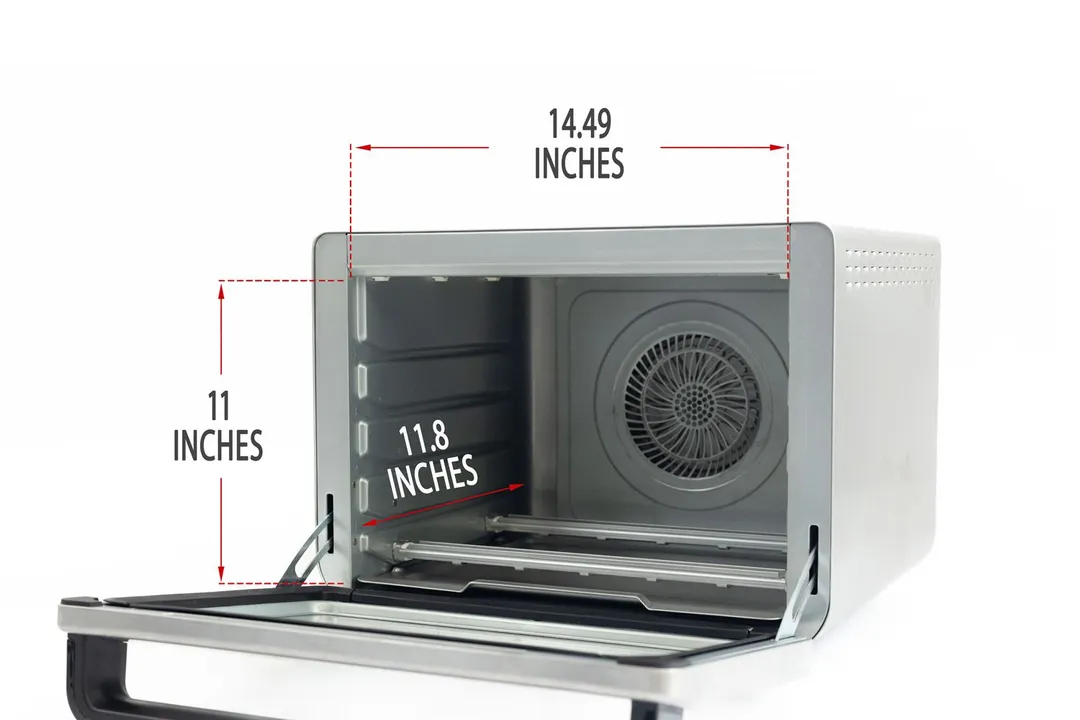
Usability
User Control
Ease of Use
Cleanability
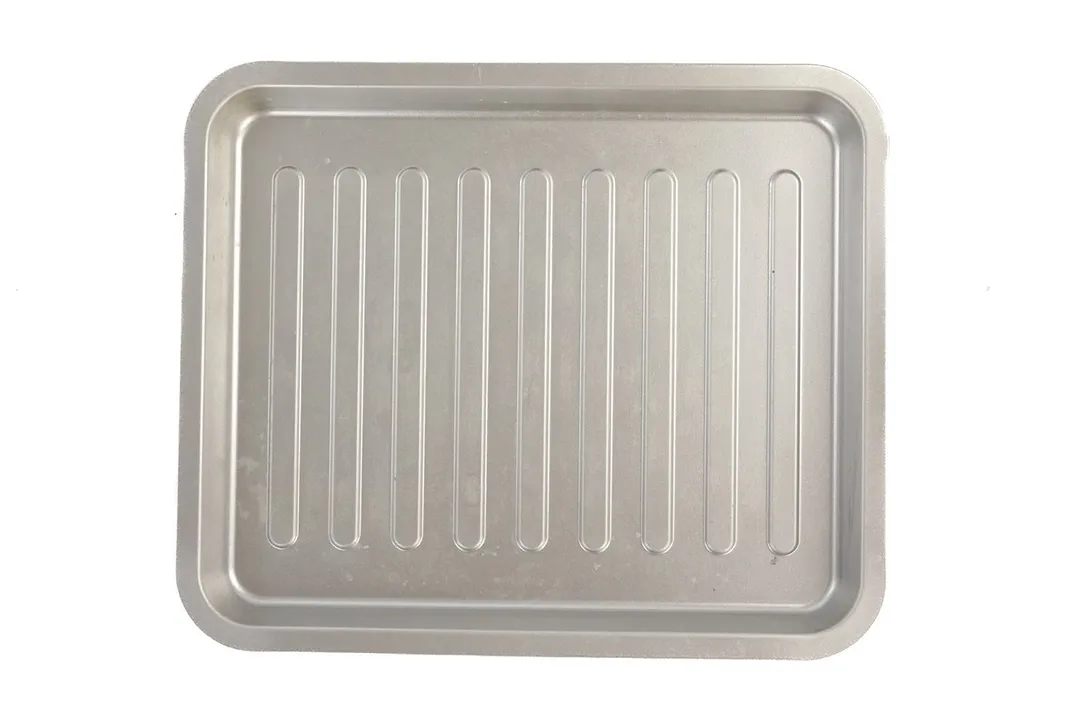
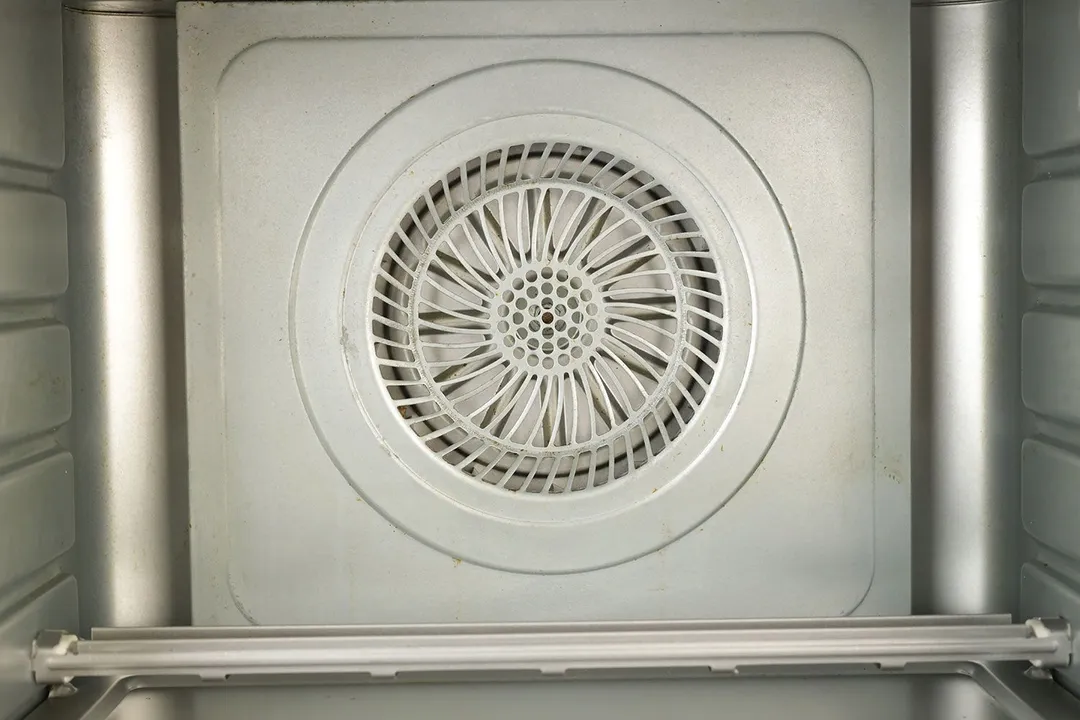
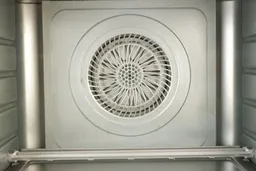
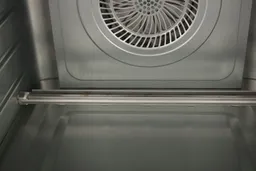

Behind the Comparison
Alan Nguyen is a writer and product reviewer at HealthyKitchen101. His major in English language teaching taught him to present concise information. In addition to his cooking hobby, he values the practical aspects of household appliances.
Lap is Head of the Research, Testing, and Review Team (RTR Team) at HealthyKitchen101.com, where he directs and supervises the testing of kitchen gadgets and appliances.
Tuyet Pham is an award-winning Saigonese chef passionate about delicious and healthful foods. At HealthyKitchen101, she develops recipes and collaborates with our Research, Testing, and Review lab to evaluate the performance of cooking appliances. Her assessments add a strong authoritative voice to our product scoring process.
Nguyen Ntk is a graphic designer, photographer, and videographer whose philosophy centers around respecting and celebrating the beauty of reality. Through his lenses, Nguyen strives to capture the true essence of objects and events, showcasing and highlighting authentic features without distortion or exaggeration.




